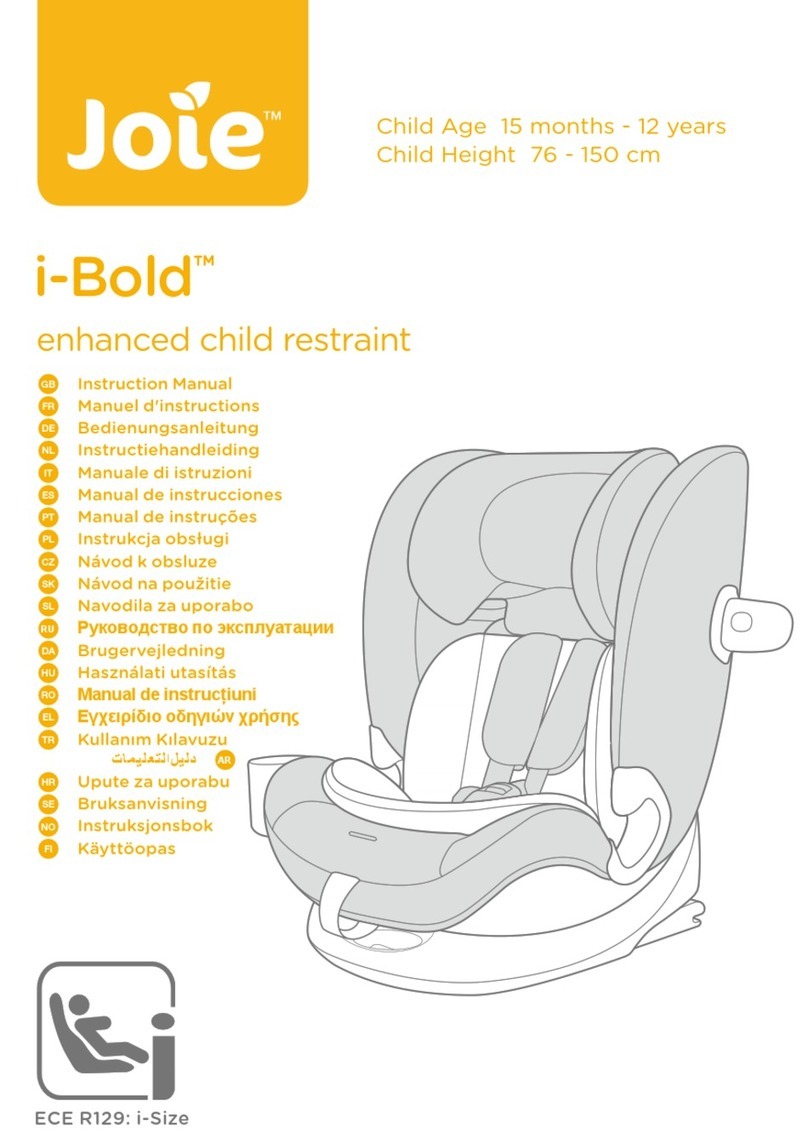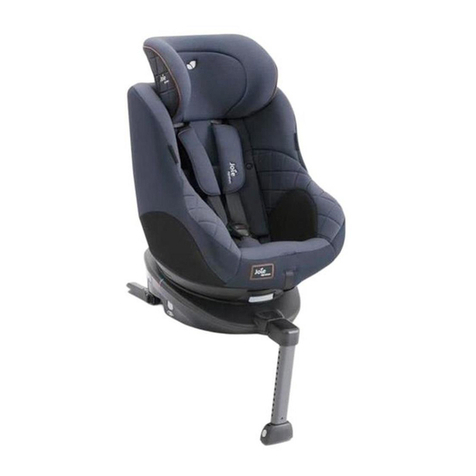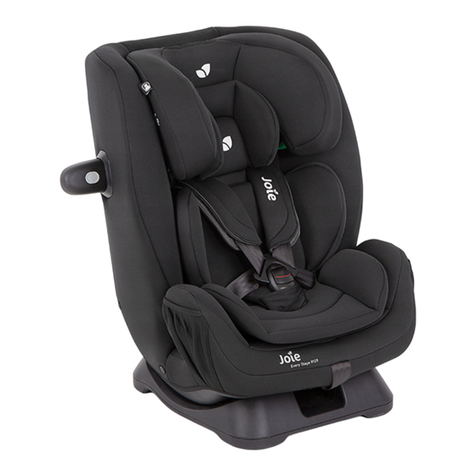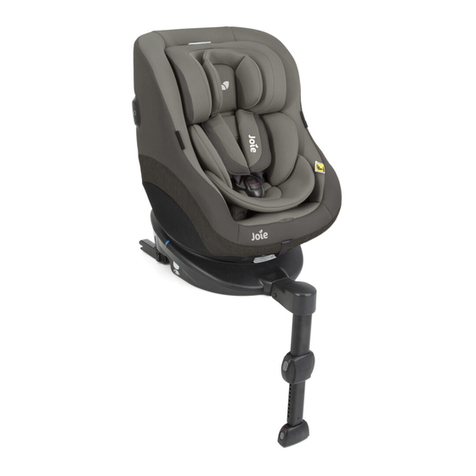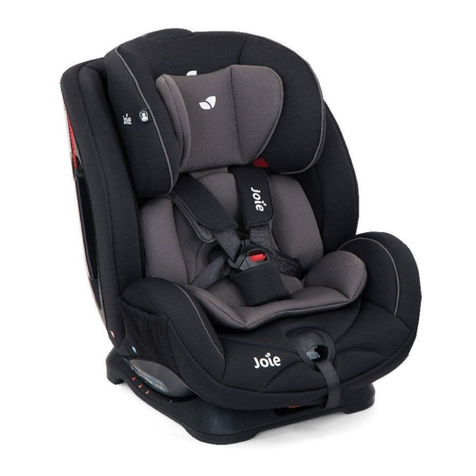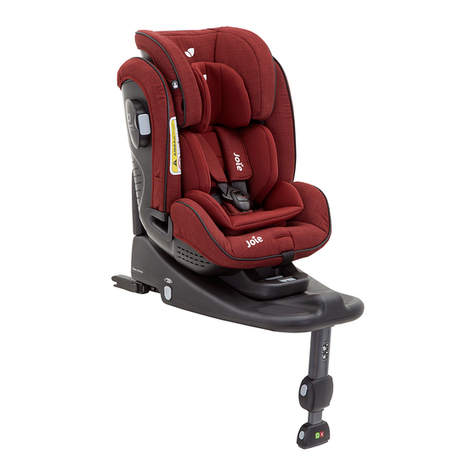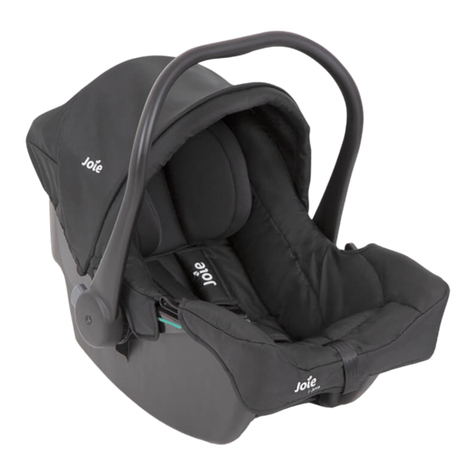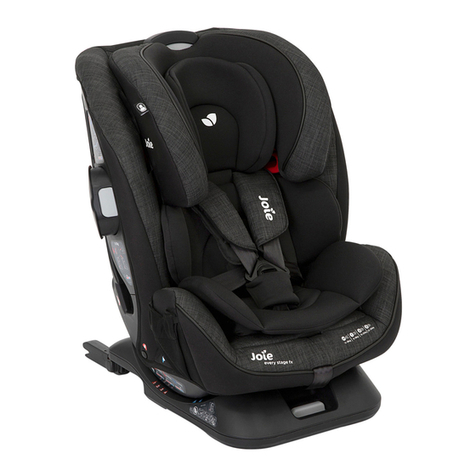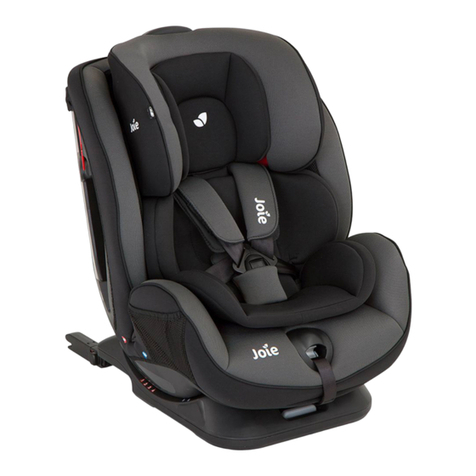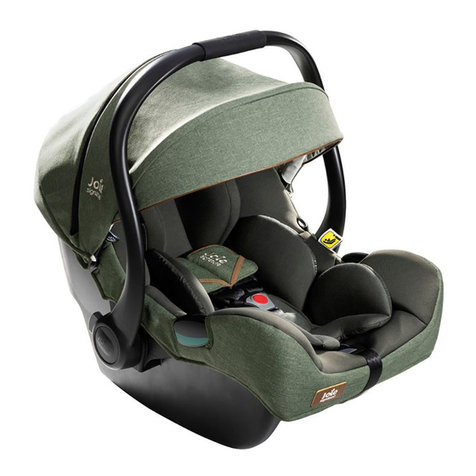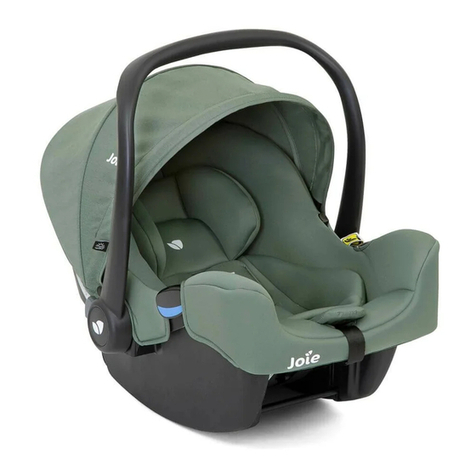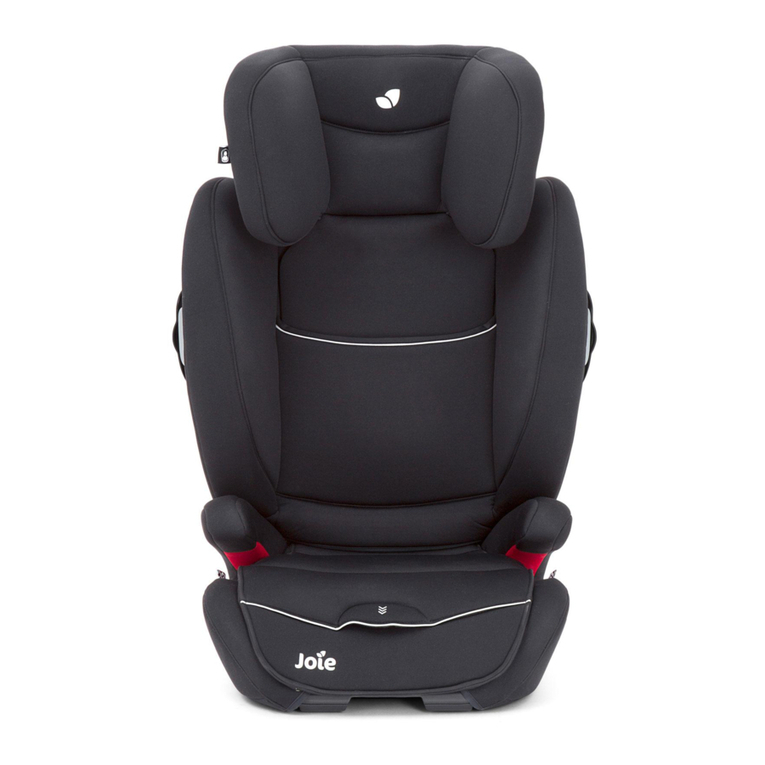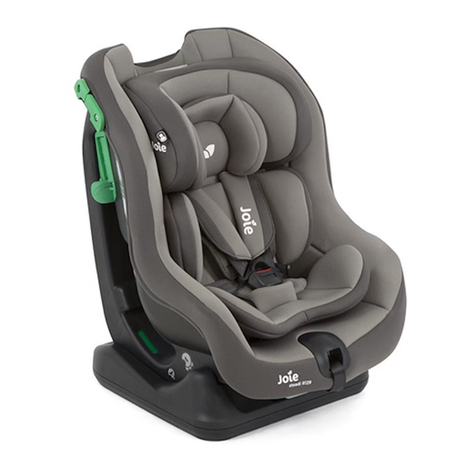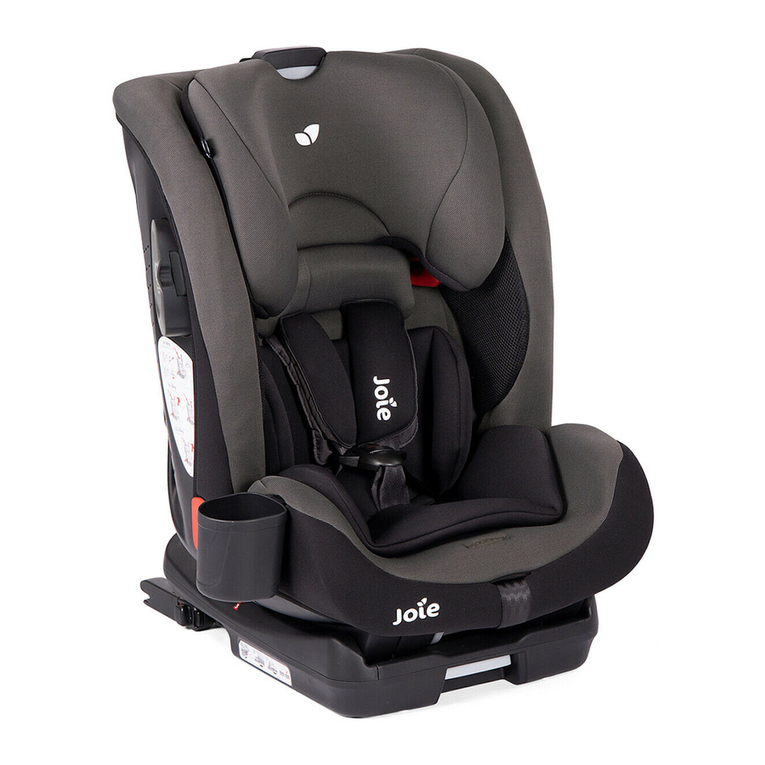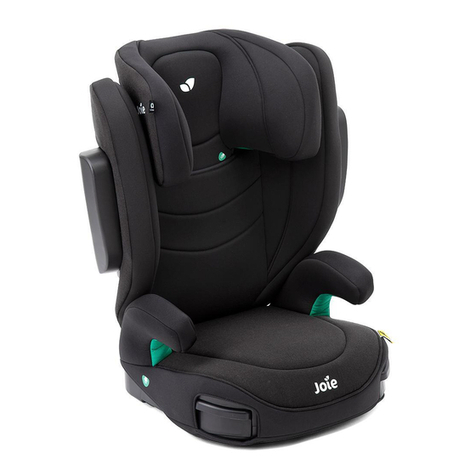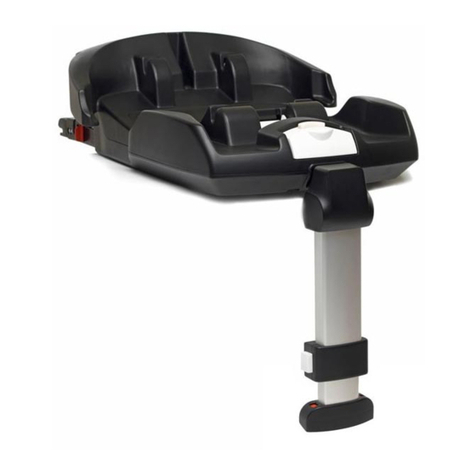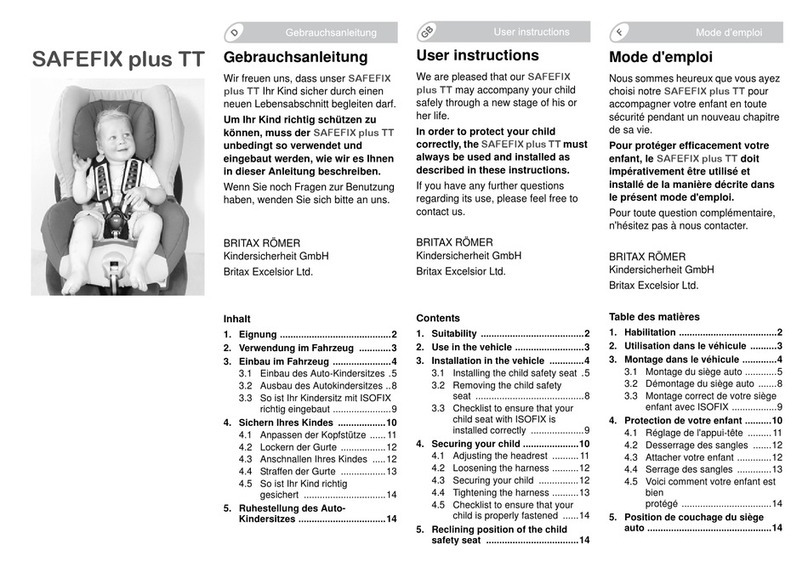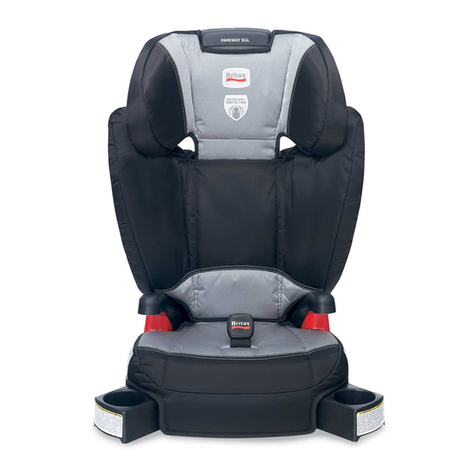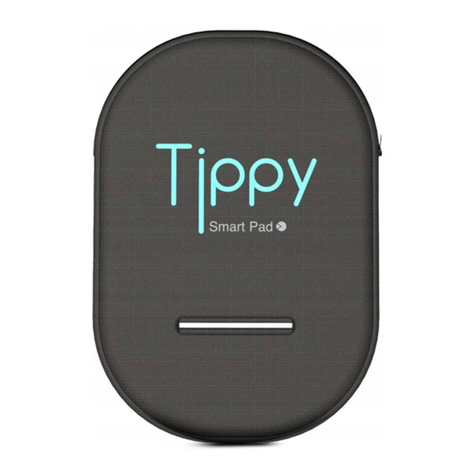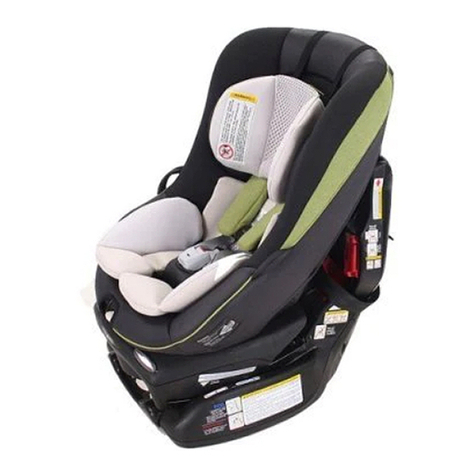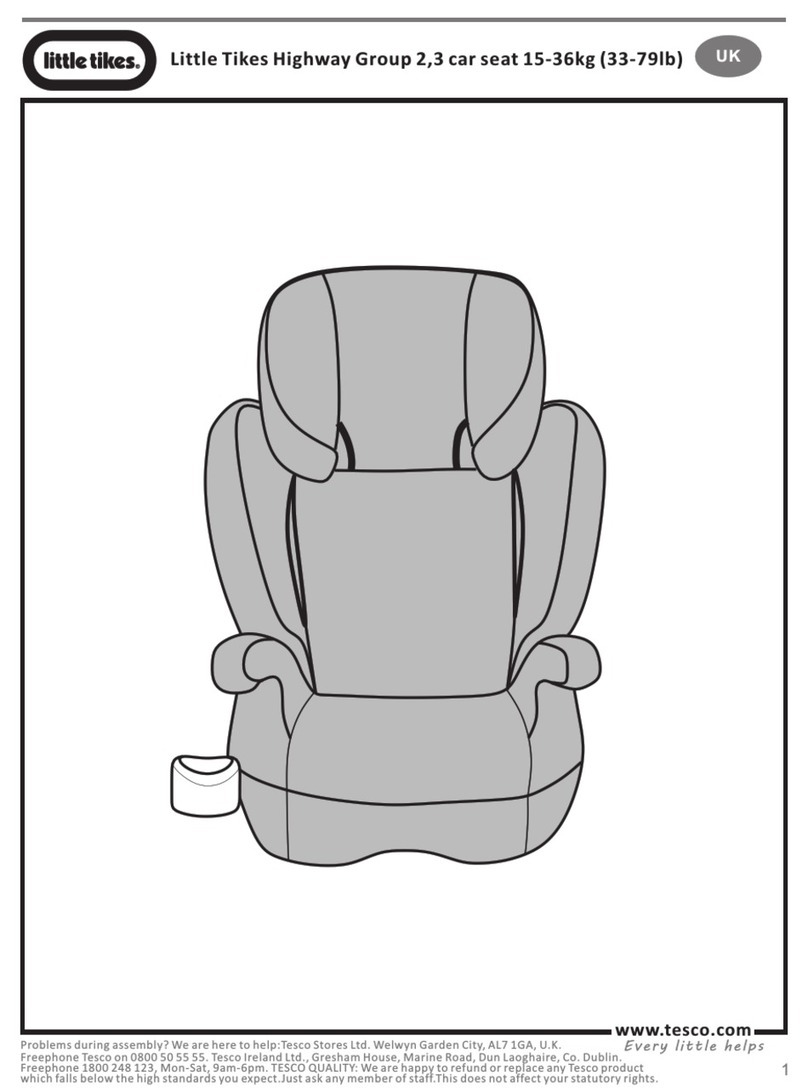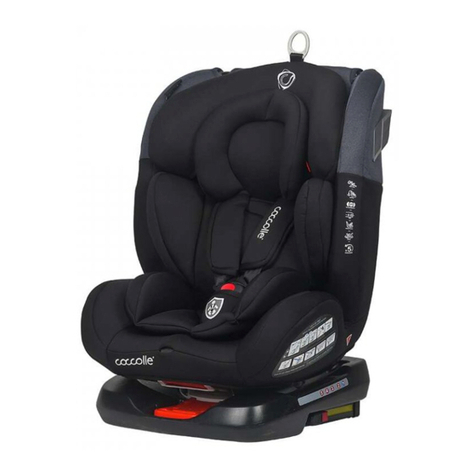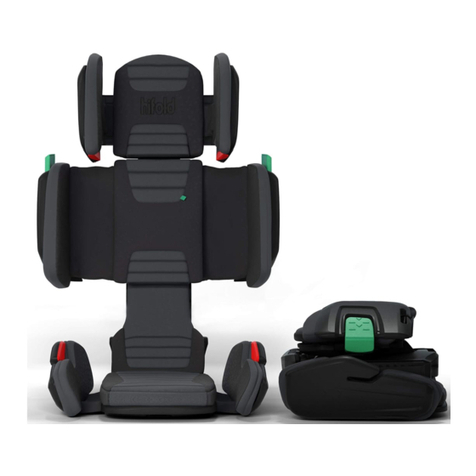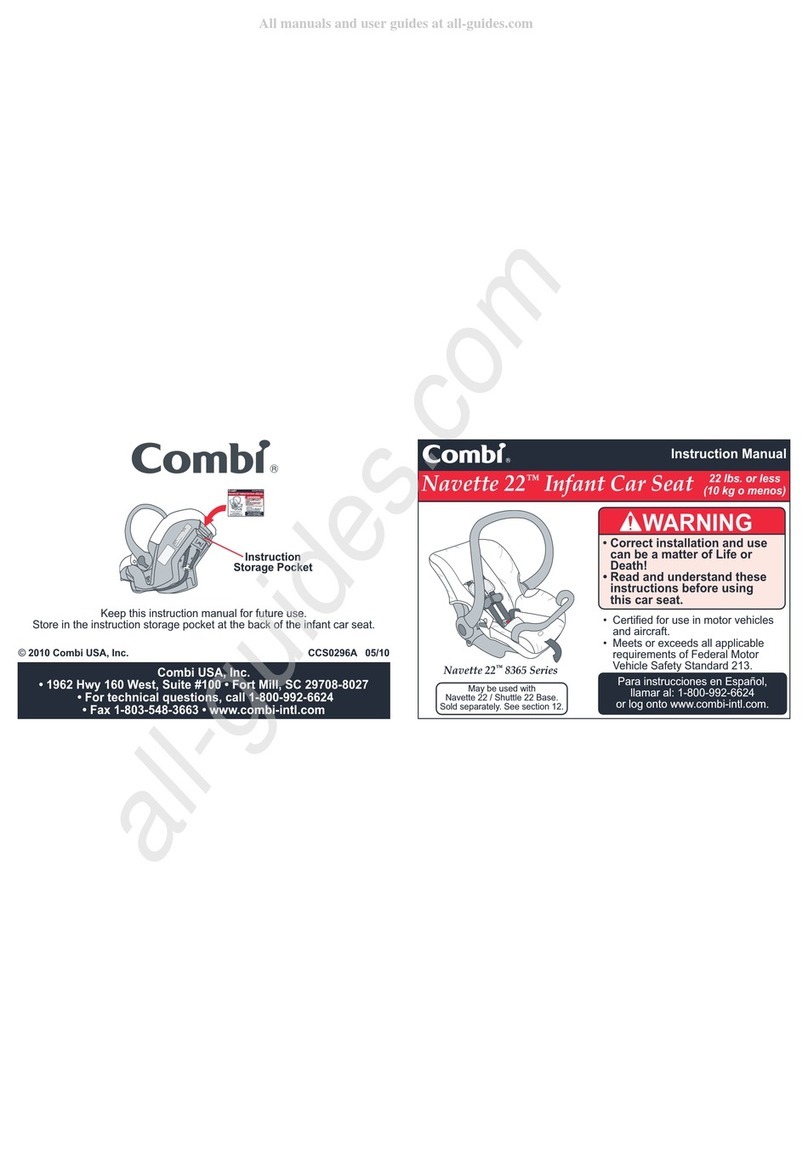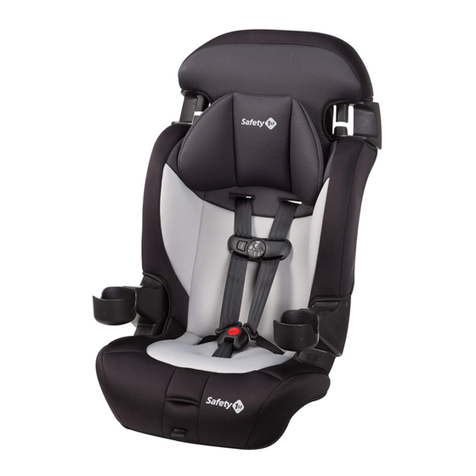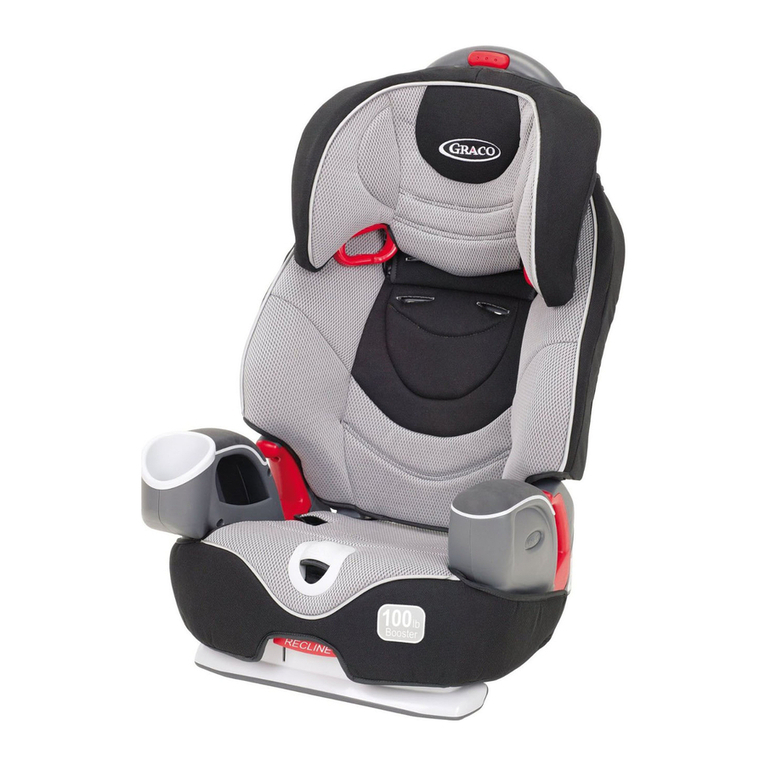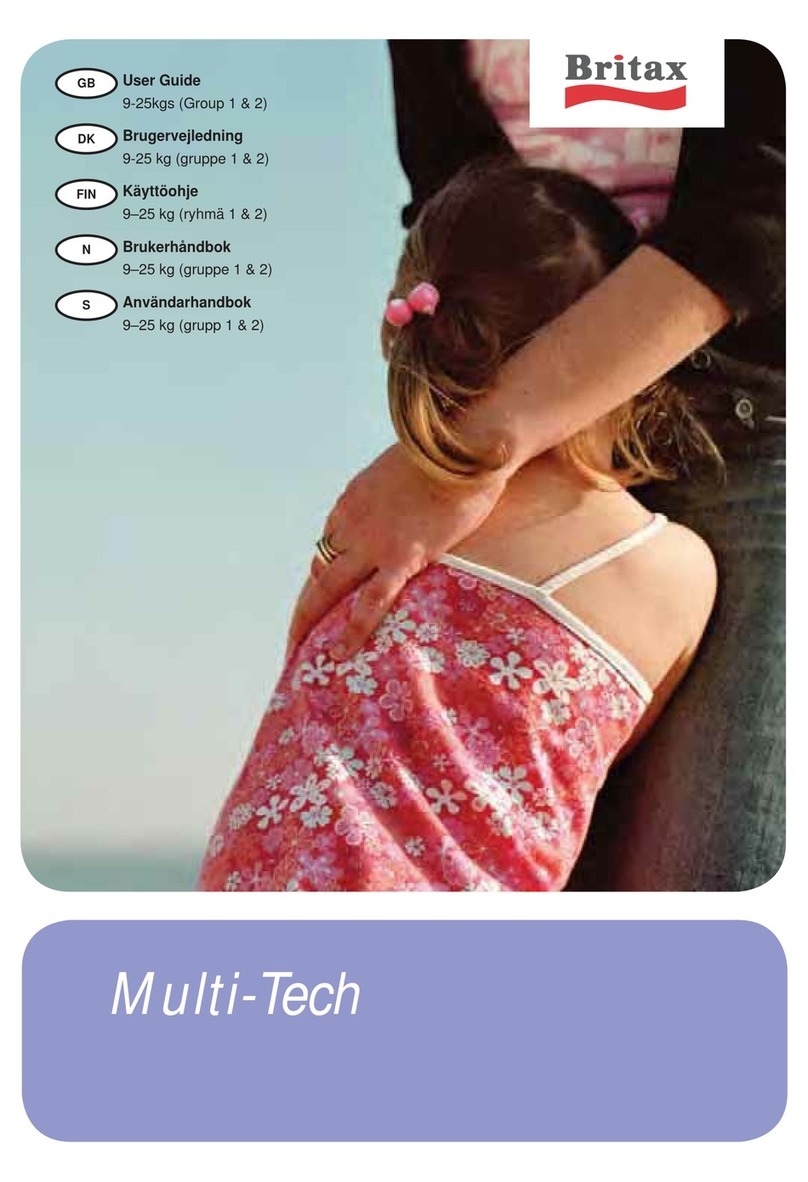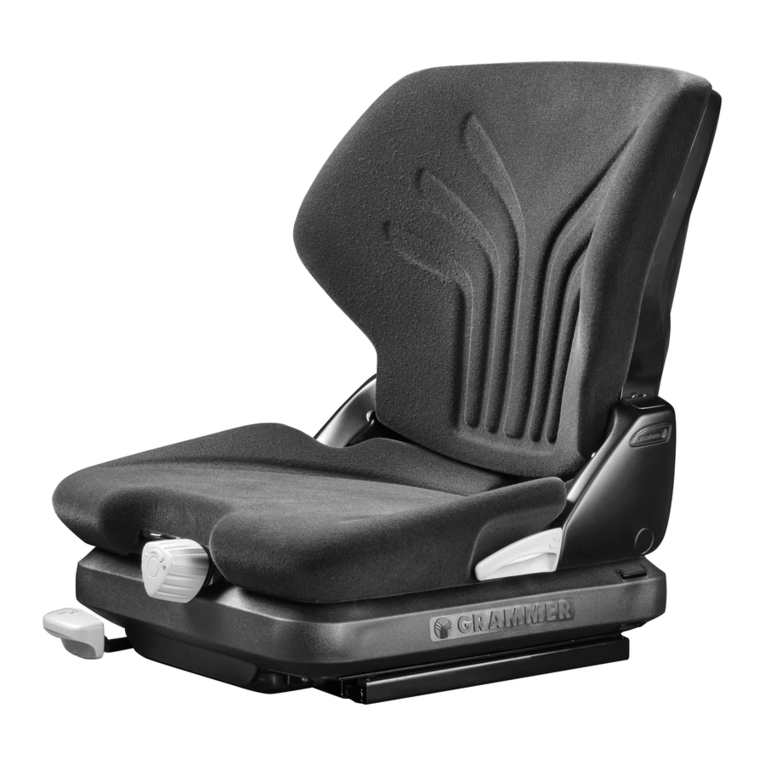
3
WARNINGS
2
INSTALLATION
CONTENTS
WARNINGS ...................................................................................................... 3
ADDITIONAL WARNINGS .......................................................................... 4 & 5
Features ....................................................................................................... 6 & 7
Installation ................................................................................................. 8 - 11
CHECKLIST .................................................................................................... 12
TOP TETHER WARNINGS ............................................................................. 13
Top Tether Features ........................................................................................ 14
Tether Anchorage Installation ..................................................................15 - 17
Read the whole of these instructions carefully and if there is any
doubt about the method of installation, consult the child restraint
manufacturer or agent, or a child restraint tter, or in New Zea-
land an agent for the vehicle.
IMPORTANT:
Before installation and use of this child restraint use the shoulder
height labels to check that it is suitable for the size of your child.
Refer to the shoulder height label information on page 7 of the
USE Instructions.
Distributed by Nuna Baby Australia Pty Ltd
ACN: 642 240 140
Unit 1, 35 Lyn Parade Prestons, NSW Australia 2170
For after-sales & warranty service, contact: 1800 951 070
customerservice@nunababy.com.au
NOTE: The warnings on this page are required by the Australian and New
Zealand Standard AS/NZS 1754 for this type of child restraint.
Other warnings specic to this child restraint will be found on the following
pages and throughout these instructions.
INSTALLATION
• Use the restraint exactly as shown in the instructions.
• Do not alter or modify this restraint.
• Repairs must only be done by the manufacturer or agent.
• Do not allow the restraint to come into contact with polishes, oils,
bleach and other chemicals.
• Destroy the restraint if it has been in a severe crash, even if no dam-
age is visible.
• A loose harness or restraint is dangerous.
• Fit the restraint rmly to the car seat.
• Supervision of children isneeded because they may be able to undo
the buckles.
• DO NOT ATTACH THIS CHILD RESTRAINT TO ANY ISOFIX LOW
ANCHORAGE.
ISOFIX low anchorages in cars are designed to withstand only those
loads imposed by children aged up to approximately 4 years of age
in a correctly tted and approved ISOFIX compatible child restraint.
This child restraint is not approved for use with the car's ISOFIX low
anchorages
• DO NOT LEAVE CHILDREN UNATTENDED IN THE CAR
